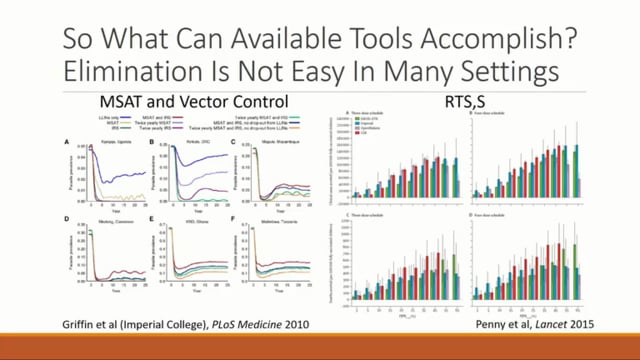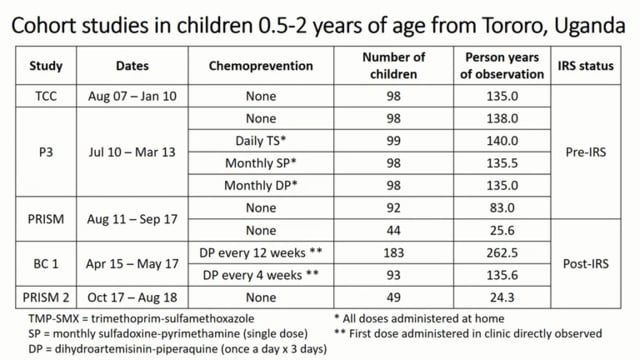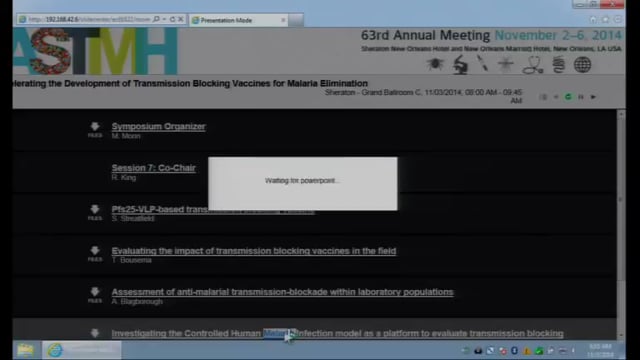ASTMH 2016, Philip A. Eckhoff: “Integration and Interpretation of Partially-Effective Interventions on Malaria Transmission to Inform Best Practices and Policies for Malaria Control and Elimination”
Collaborator(s): Institute for Disease Modeling, United States
Published: 17/11/2016
In collaboration with ASTMH, Image Audiovisuals, and session presenters, MESA brings you this webcast from the 65th ASTMH annual meeting in Atlanta, November 2016.
Title: “Integration and Interpretation of Partially-Effective Interventions on Malaria Transmission to Inform Best Practices and Policies for Malaria Control and Elimination”
Speaker: Philip A. Eckhoff, Institute for Disease Modeling, USA
Session information: Symposium 172: “Key Knowledge Gaps Concerning the Impact of Interventions on Malaria Transmission”
Thursday, 17 November, 10:15am – 12:00pm, Marriott – Marquis A
Abstract:
Our current toolkit to reduce malaria transmission has three key interventions – insecticides for vector control, drugs for treatment and prevention and most recently the potential availability of a malaria vaccine. As these interventions are deployed, there is selection upon the target population that ultimately reduces the effectiveness of the intervention. Furthermore, this selection changes the remaining target population, for example by selecting insecticide or drug resistant organisms, which impacts the effectiveness of the intervention. Use of insecticides and antimalarial drugs has led to the emergence of insecticide resistant mosquitoes and drug resistant parasites; and, vaccines may have differential effectiveness based upon how closely the vaccine target matches the parasite population. This symposium will address the key knowledge gaps concerning the impact of critical interventions—insecticides, vaccines, drugs—on malaria transmission and the ability to reduce or interrupt that transmission. Furthermore, it will discuss the consequences of evolution that changes both host (vector and human), and parasite responses or populations upon which the interventions are directed, creating an evolving challenge to which transmission reduction strategies can be used and when. Detection and surveillance of these dynamic changes in transmission is critical for continued gains toward malaria control and elimination, and challenges and opportunities around the role of surveillance in this dynamic landscape of changing malaria transmission will be discussed. Finally, use of modeling to integrate and predict the consequences of a deployed intervention and its effectiveness on transmission to inform best practices will be presented.



